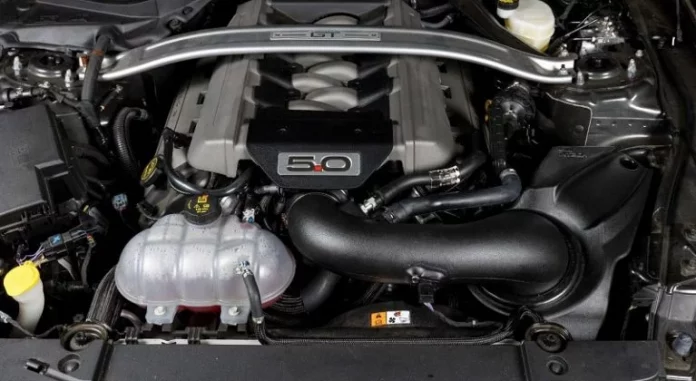It’s installed and performing just how you hoped, increased performance and engine sound. You’re next concern is how to protect that cold air intake from sucking in water and damaging your vehicle’s engine. Especially in areas with regular to heavy rainfall, you need some way to eliminate the possibility of water entering the system.
What Happens if Water Gets Into a Cold Air Intake?
Many intake systems are located at the vehicle’s grill area or down near the fender wells. The idea is to bring in cooler air away from the engine compartment. When you relocate the air intake in this way, with an exposed cone filter, water can become an issue.
Driving during a rainstorm is bad enough, splashing through deep puddles of water can be a disaster if the intake system is not protected in some way. Instead of air, water can be pulled into the combustion chamber and the proper compression stroke may not be able to be completed. Bringing water into the compression chamber could also result in what is known as “hydro-lock”.
Hydro-lock occurs when a non-combustible fluid gets into the cylinders. Water takes up more space than a fuel-air mixture and will prevent the piston from reaching the top of its stroke. When one piston stops, they all stop and the engine seizes up. The resulting damage could be to the piston, it could bend the connecting rod, or the engine block may crack.
It’s not just hydro-lock that could occur. If even small amounts of water were to enter the engine over an extended period of time, damage can occur. The pistons, the cylinder walls, and other parts of the engine could begin to rust. Once the rust builds up enough to affect engine performance, costly repairs could be on the horizon.
How to Protect Cold Air Intake from Water
Many manufactures of cold air intakes also provide or sell bypass valves to help keep water out. These bypass valves usually consist of a second foam filter and will close off induction from the primary filter and reroute air intake to an external air source.
Another way to protect the air intake is by installing a polyester shield that can cover the intake filter. This polyester shield resembles a plastic bag that slips over the filter and is held in place with an elastic band. It’s important to note that these types of shields are not water-resistant, but water repellant. You should still try to avoid driving through heavy rains or puddles of water.
In an emergency situation, like being suddenly caught out in a rainstorm, blue painter’s tape may provide an alternative, temporary fix in place of one of these products. While it can’t be used to cover the actual filter, if the filter is installed directly behind a grill, you can use the tape to temporarily cover the grill area in front of the filter. This may allow you to escape the rain without bringing water into the system and significantly reduce the chance of damaging your vehicle’s engine.
Be Smart
Cold air intakes can provide many advantages, but extra care must be taken. Reliable performance includes using some common sense when water threatens the system. Do your best to avoid getting caught in heavy rains or to drive through deep puddles of water. Installing a water shield of some type will provide you with a way to avoid damaging your engine by sucking water in through your cold air intake.
